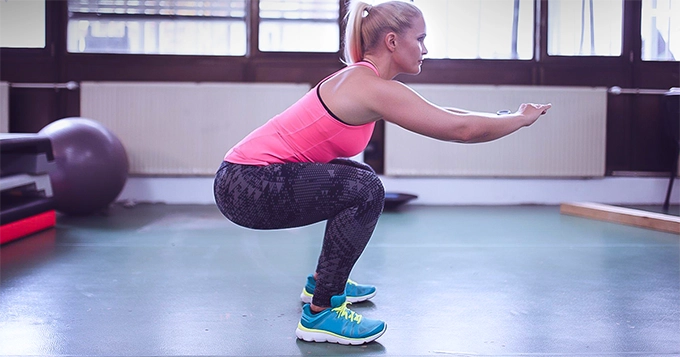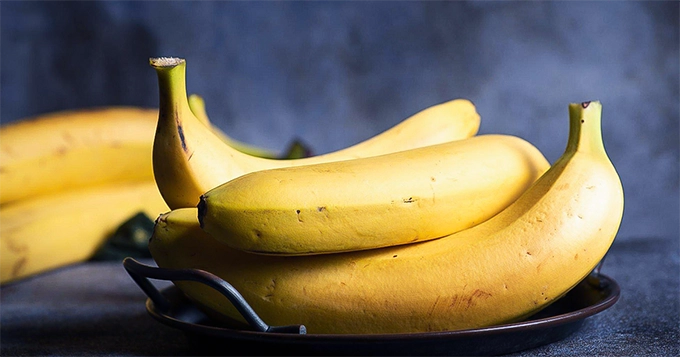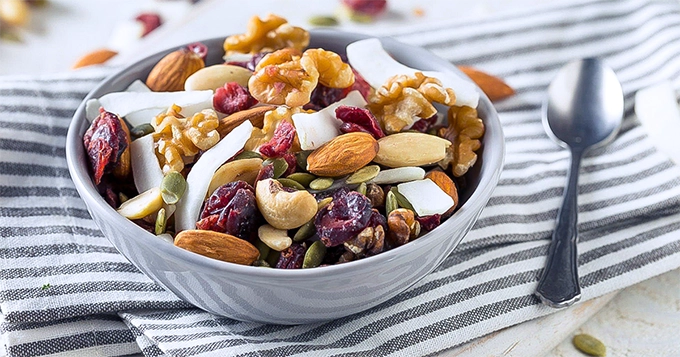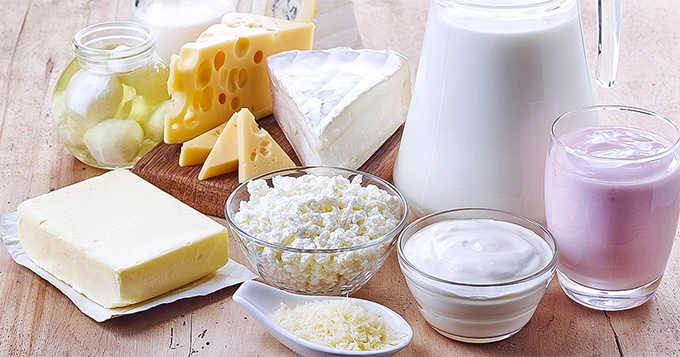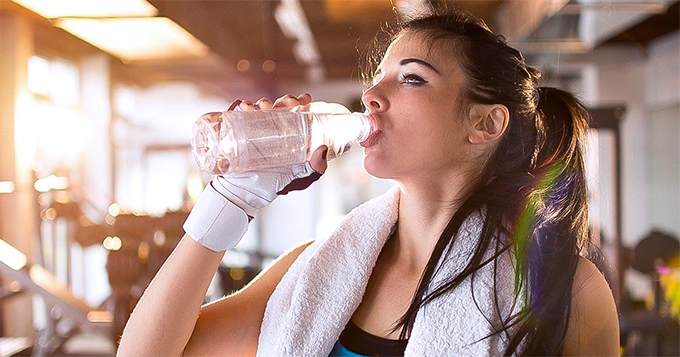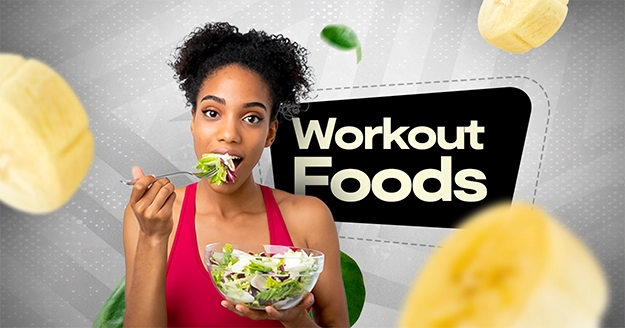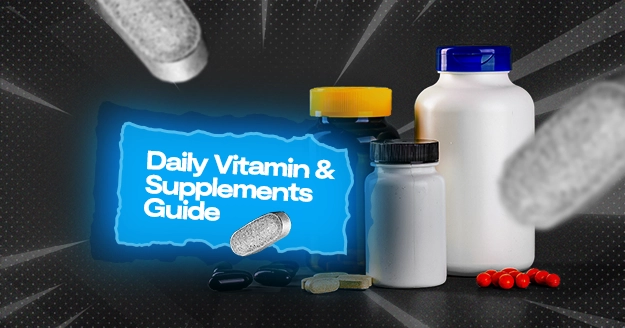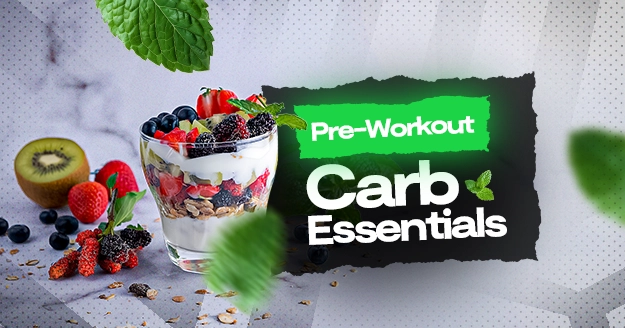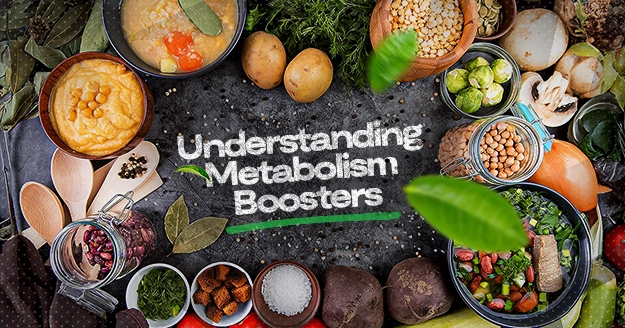Introduction
Nutrition and exercise are important factors in your overall health. And these two factors interact and affect each other.
What’s the best diet to lose weight and gain muscle? Getting enough nourishment and hydration throughout your workout (before, after, and during) to maintain blood glucose concentration, improve exercise performance, and reduce recovery durations.
You know properly fueling can make a huge difference in your energy level, mood, and results, but you always wonder about the best things to consume before and after your exercise. Here’s all you need to know about eating pre- and post-workout.
Foods to Eat Before a Workout
Eat your lunch and a snack 30-90 minutes before doing exercise to avoid feeling bloated. If you’re eating a larger meal, wait for the entire 90 minutes. On the other hand, a 30-minute waiting time should be plenty when you’re just having a snack.
Bananas
Bananas, sometimes known as “nature’s power bar,” are a powerhouse of carbohydrates and potassium, which helps maintain healthy neuron and muscle function. Around 90% or more of the calories in bananas come from carbs, fueling our body and brain.
Oats
Oats release carbs gradually because they include a lot of fiber. The energy levels are maintained throughout your workout thanks to this delayed release, allowing you to train harder for longer. Additionally, they have vitamin B, which aids in the conversion of carbohydrates into energy. Irish oats are the least processed variety and have a lower glycemic load than quick-cooking, and instant oats are frequently regarded as the finest. Therefore, be vigilant the next time you purchase.
Grilled Chicken, Broccoli, And Sweet Potato
Whether you’re trying to gain muscle mass or want to hit the circuit training hard, this combination is a must-try. Despite the fact that it is more of a meal than a snack, pro athletes frequently eat this; therefore, we believe it’s time you gave it a try.
Dried Fruit
Prepare yourself some dried berries, apricots, figs, and pineapple for a quick, simple, and healthy pre-workout snack. Grab a handful of dried fruits since they are a fantastic supply of simple, quickly assimilated carbs.
Whole Grain Bread
A whole-grain loaf of bread is a great source of carbohydrates. Add some low-fat turkey or some hard-boiled eggs for a higher-protein snack.
Fruit And Greek Yogurt
It’s a great combination. Greek yogurt is loaded with protein, while fruit is high in carbs. Greek yogurt has approximately twice as much protein, half as many carbohydrates, and less salt than normal yogurt. Why are they related? It really is a fantastic combination since the fruit’s quick-digesting carbohydrates are used as fuel for your workouts and the protein helps to build and maintain muscle mass.
Trail Mix
While nuts contain a lot of fat, they can help you get the right amount of calories and protein required to grow muscle. Keep away if your objective is to lose weight. If you wish to purchase pre-made trail mix from stores, avoid the varieties with yogurt- or chocolate-covered almonds.
Those are generally what you can eat after a workout. But if you are exercising and dieting for fat loss and muscle gain, here are some ideas:
For muscle building,
- Egg whites
- Whey protein isolate
- Fruit, including oranges, strawberries, or apples
- Brown rice or long-grain white rice
- Oatmeal
- Wheat pasta
- Chicken or turkey
For weight loss,
- Nut butter on a banana, particularly almond butter
- Multigrain crackers with hummus
- A bag of nuts or an apple with peanut butter
- Half a cup of whole-grain pasta or rice
- Any whole piece of fruit
- A half-cup of oats with berries or raisins
For a weight gain diet plan,
Macronutrients are important for weight gain and muscular growth. But it’s not true that eating only high-protein meals will help you grow muscle. While protein is essential for healing the microtears that weightlifting and other activities cause in your muscles, carbs and fats still play crucial roles in your body as you gain weight.
- Fish high in fat, such as anchovies, herring, and tuna
- Lean beef, pig, and lamb, as well as poultry and turkey
- Legumes and beans, including hummus, cannellini beans, black beans, lentils, and chickpeas
- Fruits and vegetables high in calories, such as avocados, coconut, bananas, mangoes, and dried fruit
- Cashew, peanut, almond, walnut, and pecan nuts, as well as nut butter
Foods to Eat After a Workout
Energy is expended heavily during physical exertion. When you’re dieting for fat loss and muscle gain, it’s important to watch what you eat and ensure you replenish after working out. Within two hours following a moderate or strenuous activity, consuming meals high in protein, carbs, and water may aid the body in regaining its energy. Here’s a food list that might help you get a suggestion on what to eat the following time.
Dairy protein
According to certain studies, milk-based proteins are superior to soy-based proteins in encouraging the formation of muscle proteins following resistance training.
The researchers concluded that while milk and soy proteins aid in maintaining and increasing muscle mass, milk proteins are superior in promoting the rapid expansion of lean muscle mass.
Dairy products rich in protein include:
- Milk
- Greek yogurt
- Ricotta cheese
- Cottage cheese
- Kefir
Eggs
According to a study, more muscle proteins are synthesized when whole eggs are consumed after resistance training compared to egg whites with the same protein content. The nutrients in the yolk contributed to more efficient muscle growth stimulation.
Carbohydrates
The best method to prevent the potential immune declines that might result from strenuous exercise is probably to eat meals high in carbohydrates. A post-workout snack that includes carbs aids in replenishing glycogen levels. Exercises involving heavy lifting, such as Olympic weightlifting, and bodybuilding, can deplete the body’s glycogen stores.
- Sweet potatoes
- Grains
- Quinoa
Water
Your regimen is not the best diet for fat loss and muscle gain if you don’t consider proper hydration. During physical exercise, your body makes an effort to return to its optimal temperature via sweating. You expel heat from the body while simultaneously losing bodily fluids when perspiration evaporates from your skin.
You must consume fluids when exercising to replenish the fluids you lose via perspiration. By following these steps, you can reduce your risk of getting heat exhaustion while maintaining normal physical processes and performance levels.
Water is the greatest beverage to quench thirst and replenish fluids lost during exercise.
Conclusion
We hope this guide helps you pick what food to put in your cart when you go grocery shopping next time.
Dieting to lose weight and gain muscle is not easy, especially if you don’t know what to buy and what to eat. It’s especially hard to ensure that you are not going overboard with the number of macronutrients that you eat daily or that you are receiving proper nutrients. It’s helpful to track your macros and goals to know what diet works for you, making it easy to keep or change some things in your regimen.
Sign-up to Trainest today and see how you’re progressing toward your goals.
